Optimal Scheduling for Window Installations
Scheduling Windows installations at optimal times can enhance system performance and reduce downtime. Understanding seasonal trends and workload patterns ensures installations are executed efficiently, minimizing disruptions to daily operations.
Spring and fall are generally ideal for Windows installations due to moderate temperatures and less busy schedules, allowing for smoother setup and testing.
Mid-morning to early afternoon is recommended to ensure technical support availability and to complete installations before end-of-day workloads.
Scheduling outside of peak business hours or busy seasons helps prevent operational disruptions and allows for thorough system configuration.
Perform installations during periods when hardware and network resources are less utilized to ensure faster, more reliable setup.
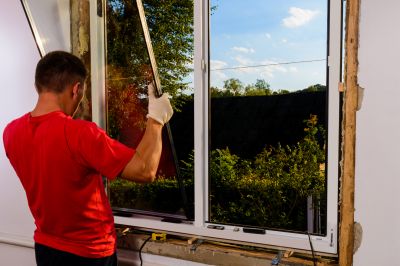
Spring offers moderate weather and less business activity, making it suitable for system upgrades.

Mid-morning hours provide optimal support availability and allow completion before peak end-of-day activities.
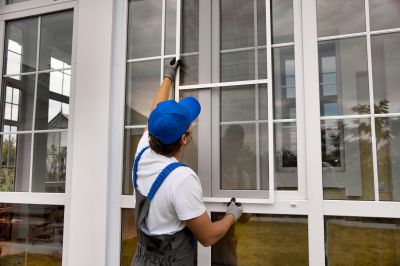
Scheduling during off-peak seasons minimizes operational impact and ensures dedicated support resources.
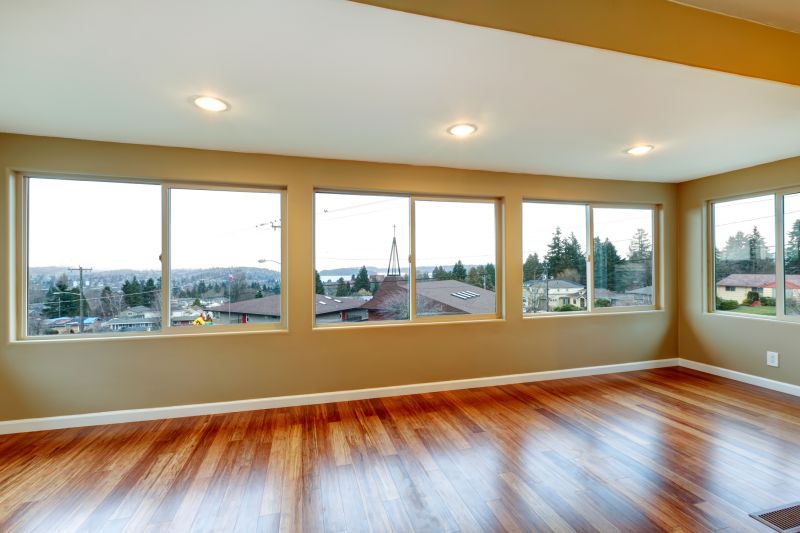
Ways to make Windows Installations work in tight or awkward layouts.

Popular materials for Windows Installations and why they hold up over time.

Simple add-ons that improve Windows Installations without blowing the budget.
Windows installations are a critical component of maintaining up-to-date and secure systems. Proper timing ensures minimal disruption and maximizes the effectiveness of updates and upgrades. Regularly scheduled installations can improve system stability, security, and performance, reducing the risk of downtime caused by outdated software or hardware incompatibilities.

A structured upgrade process ensures smooth transition and system stability.

Pre-installation assessments help identify potential issues before deployment.

Testing after installation verifies system functionality and performance.

Expert support minimizes risks and addresses issues promptly.

High-end options that actually feel worth it for Windows Installations.

Finishes and colors that play nicely with Windows Installations.
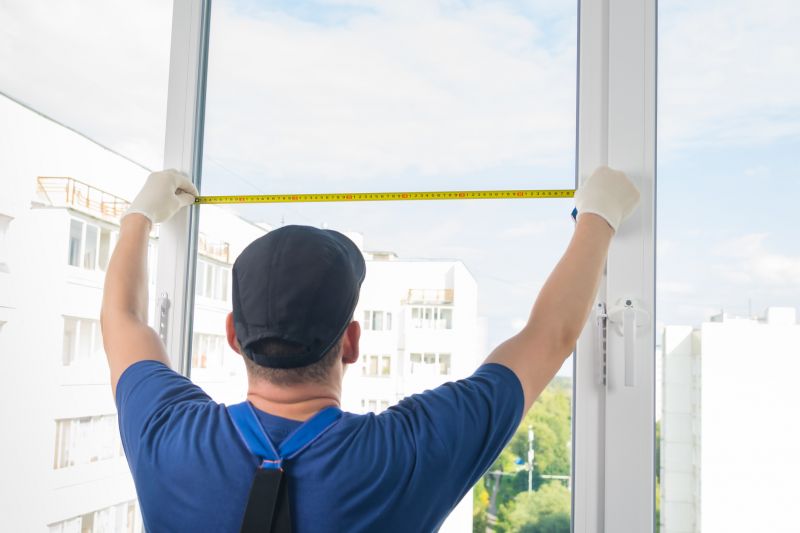
Little measurements that prevent headaches on Windows Installations day.

A 60-second routine that keeps Windows Installations looking new.
| Factor | Recommendation |
|---|---|
| Season | Spring or fall |
| Time of Day | Mid-morning to early afternoon |
| Business Cycle | Outside peak periods |
| Weather Conditions | Moderate temperatures |
| System Readiness | Low network and hardware utilization |
Understanding the optimal timing for Windows installations contributes to a seamless upgrade process. Proper planning ensures that updates are implemented effectively, reducing potential operational impacts. Regularly evaluating scheduling strategies can lead to more efficient system management and better resource utilization.

Strategic scheduling enhances system stability and minimizes downtime.

Scheduling during support hours ensures quick resolution of issues.

Preparing hardware in advance facilitates smoother installations.

A frequent mistake in Windows Installations and how to dodge it.
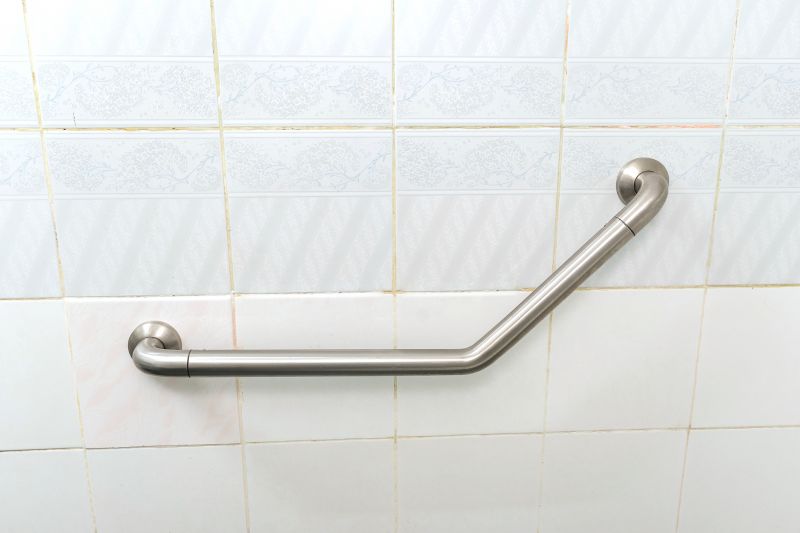
Small tweaks to make Windows Installations safer and easier to use.

Lower-waste or water-saving choices for Windows Installations.

The short, realistic tool list for quality Windows Installations.

Rough timing from prep to clean-up for Windows Installations.
Interested parties are encouraged to contact for more information about scheduling Windows installations. Proper timing and preparation can lead to more efficient upgrades, ensuring systems remain secure and up-to-date with minimal operational impact.



